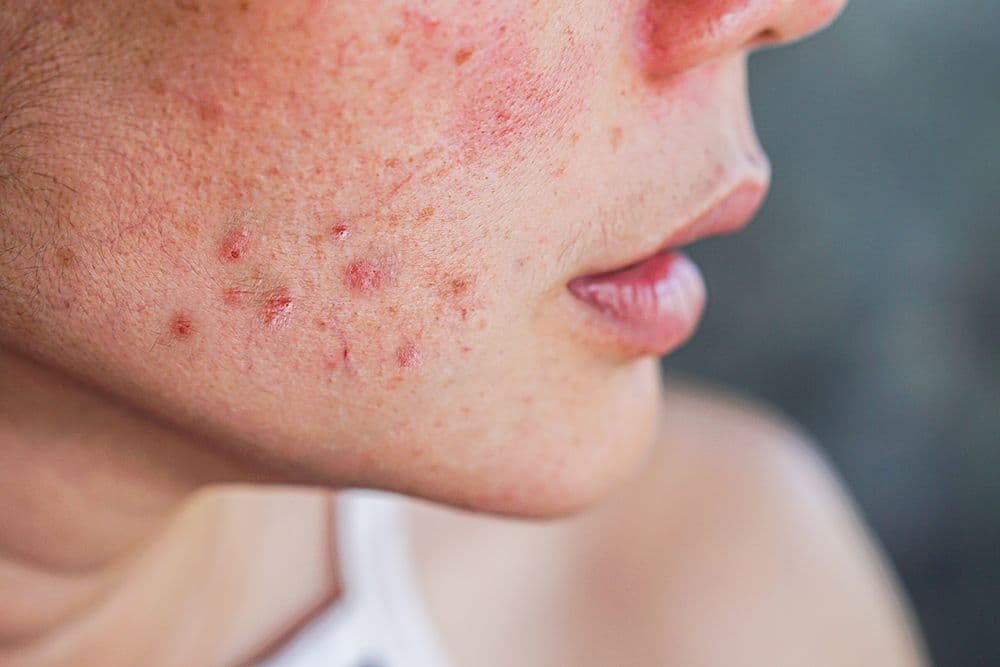
Non-Invasive Scar Removal Options That Work
Scars, whether caused by injury, surgery, or acne, can impact a person’s confidence and skin appearance. Fortunately, advancements in skincare and cosmetic technology have introduced effective non-invasive scar removal options. These treatments improve the texture, color, and overall appearance of scars without surgery or prolonged downtime. This article explores the most effective non-invasive methods that can help reduce the visibility of scars naturally and safely.
Understanding Scars and Their Formation:
Before diving into treatment of Scar Removal in Dubai (إزالة الندبات في دبي), it is important to understand what scars are and how they form. Scars result from the body’s natural healing process after skin damage. When the skin is injured, the body produces collagen fibers to repair the damage. Sometimes, this collagen production is excessive or disorganized, leading to different types of scars such as hypertrophic scars, keloids, or atrophic scars like those caused by acne. The type of scar and its severity influence which removal methods may work best.
Silicone Gel Sheets and Silicone-Based Products:
One of the simplest and most accessible non-invasive treatments for scars is the use of silicone gel sheets or silicone-based topical products. Silicone helps hydrate scar tissue, which can soften and flatten raised scars over time. Silicone also creates a protective barrier that shields scars from bacteria and environmental damage, promoting better healing. These products are particularly effective for hypertrophic and surgical scars and are easy to apply regularly at home with consistent results usually seen after several weeks or months of use.
Microneedling: Stimulating Skin Regeneration
Microneedling is a popular non-invasive procedure that encourages the skin’s natural repair mechanisms. This treatment involves creating tiny, controlled punctures in the skin using fine needles. These micro-injuries stimulate collagen and elastin production, which helps improve skin texture and reduce scar visibility. Over multiple sessions, microneedling can diminish atrophic scars, such as those from acne, and smooth out uneven skin surfaces. This treatment can be performed with minimal discomfort and has little to no downtime, making it an attractive option for many.
Chemical Peels for Scar Improvement:
Chemical peels use carefully formulated acids to exfoliate the outermost layers of skin. By removing damaged surface skin, peels promote the regeneration of new, healthier skin cells. This process can reduce discoloration, smooth texture irregularities, and improve the overall appearance of scars, especially superficial ones. Different types of peels, ranging from mild to deep, can be chosen based on the severity and type of scars. Regular sessions of mild to moderate chemical peels are a non-invasive approach to gradually fade scars without the need for surgery.
Laser Therapy: Targeted Scar Reduction
Laser treatments have evolved into highly precise, non-invasive solutions for scar management. Various types of lasers work by either resurfacing the skin or stimulating collagen production beneath the scar. For example, fractional laser therapy targets tiny sections of the scarred skin, triggering healing without damaging the surrounding tissue. This results in improved skin texture, reduced redness, and softened scars. Laser therapy is especially effective for acne scars and surgical scars, providing noticeable improvements after a series of treatments.
Topical Retinoids: Encouraging Cell Turnover
Topical retinoids, derivatives of Vitamin A, are well-known for their ability to speed up cell turnover and boost collagen production. When applied consistently, retinoids can help fade scars by encouraging the shedding of old, damaged skin cells and revealing fresh skin underneath. They also improve skin elasticity, which can make scars less noticeable. Retinoids are most effective on flat, discolored scars and can be combined with other treatments for enhanced results. However, they may increase skin sensitivity, so gradual introduction and sun protection are essential.
Natural Remedies and Lifestyle Considerations:
Alongside medical and cosmetic treatments, natural remedies and lifestyle adjustments can support scar healing. Ingredients like aloe vera, honey, and vitamin E have moisturizing and anti-inflammatory properties that may aid in scar reduction. Massaging scars regularly can improve blood circulation and help break down excess collagen. Maintaining a healthy diet rich in antioxidants, staying hydrated, and protecting scars from sun exposure also contribute to better skin healing. While natural remedies tend to work more gradually, they are safe, accessible, and can complement other non-invasive treatments.
Conclusion:
Non-invasive scar removal options offer effective ways to improve the appearance of scars without the need for surgery or lengthy recovery periods. From silicone gel sheets and microneedling to chemical peels, laser therapy, and topical retinoids, these treatments work by promoting skin regeneration, boosting collagen production, and smoothing texture irregularities. Complementing these methods with natural remedies and healthy lifestyle habits can further enhance results. While no treatment can completely erase scars, consistent care and the right combination of non-invasive approaches can significantly reduce their visibility, helping individuals regain smoother, healthier-looking skin with minimal disruption to their daily lives.
Read more about
Appreciate the creator